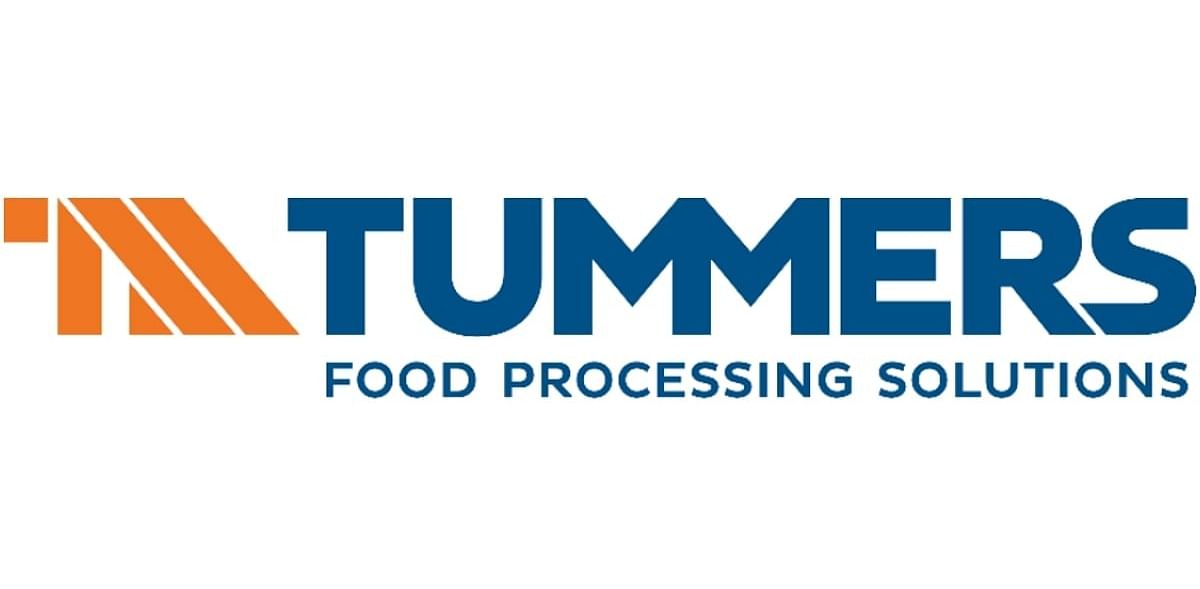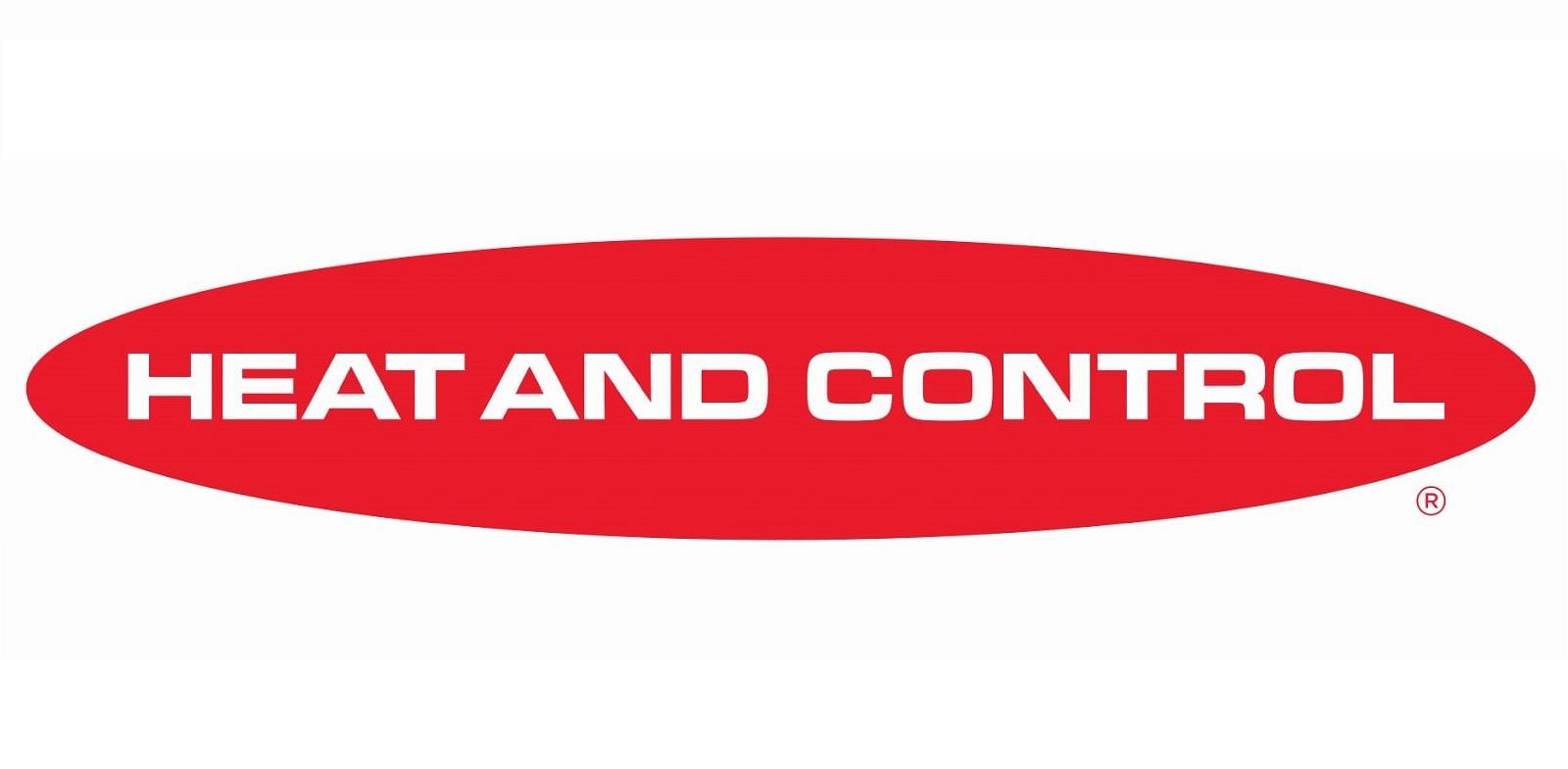Carborundum peelers are widely used in the potato processing industry for their efficiency, simplicity, and ability to handle large volumes. These machines use abrasive surfaces made from carborundum (silicon carbide) to mechanically remove potato skins, making them a staple in both small and large-scale operations where speed and throughput are priorities.
- Leren
- Apparatuur voor aardappelverwerking
- Industriëel Schillen
- Carborundum schillers
Klik hier om uit te vouwen en meer te weten te komen!
How Carborundum Peelers Work
Basic Principle
The core of a carborundum peeler is a rotating drum or disc coated with carborundum, a hard, abrasive mineral. As potatoes are fed into the drum, the rotation causes them to tumble and rub against the abrasive surfaces, effectively scraping off the skins.
Step-by-Step Process
- Loading: Potatoes are introduced into the drum from the top or via an infeed chute.
- Rotation and Abrasion: The drum or disc, powered by a motor, rotates at a set speed. The abrasive carborundum surface on the drum’s sides and/or bottom grinds against the potato skins as the potatoes tumble inside.
- Water Spray: Many machines incorporate a water spray system that helps loosen the skins, washes away dirt, and flushes out the removed peels, ensuring a cleaner product and minimizing clogging.
- Peeling Stages: Some machines use a two-stage process — Coarse Carborundum for initial, rapid removal of most of the skin, and Fine Carborundum for polishing, resulting in a smoother and more visually appealing surface.
- Product Circulation: The design often includes curved discs or angled walls to ensure even circulation, so all sides of each potato are peeled uniformly.
- Discharge: Once peeling is complete (typically within 1–5 minutes per batch), the potatoes are discharged through a side or bottom gate for further processing.
Features and Advantages
- Efficiency: Carborundum peelers process large quantities quickly, making them suitable for high-throughput operations.
- Uniform Peeling: The abrasive action ensures even peeling and a round, smooth appearance of the finished product.
- Versatility: These machines can peel not only potatoes but also other root vegetables like carrots, beets, and turnips.
- Hygienic Design: Stainless steel construction, removable discs, and easy-clean features support food safety and operational hygiene.
- Minimal Manual Labor: Automated operation reduces the need for manual peeling, saving time and labor costs.
- Compact Construction: Modern designs are compact, with adjustable legs for easy cleaning underneath and integration into processing lines.
Limitations and Considerations
- Product Loss: Carborundum peelers can remove a thin layer of potato flesh along with the skin, leading to slightly higher product loss compared to knife peelers, which are more precise.
- Surface Finish: While efficient, the finish may be less “hand-peeled” in appearance compared to knife peelers, though fine polishing can improve smoothness.
- Batch Size and Cycle Time: Optimal results depend on adjusting these parameters for the specific potato variety and processing needs.
"Carborundum peelers are robust, high-capacity solutions for efficiently removing potato skins in industrial processing. Their abrasive action, combined with water spray and flexible operation, delivers clean, evenly peeled potatoes ready for further processing or sale. While they may not match knife peelers in terms of minimal product loss or premium finish, their speed, simplicity, and reliability make them indispensable in large-scale potato processing environments.."
Browse Companies Offering Carborundum schillers

Tummers Food Processing Solutions B.V.

